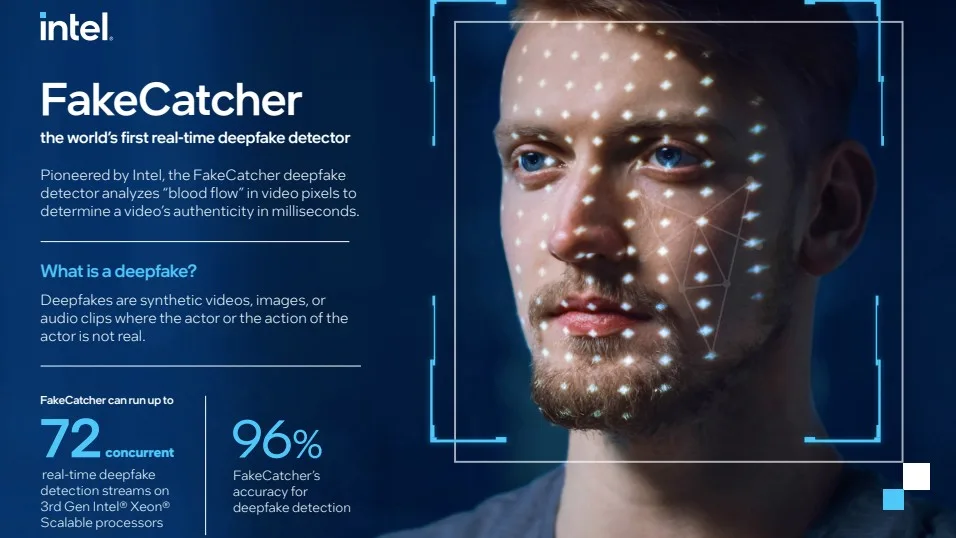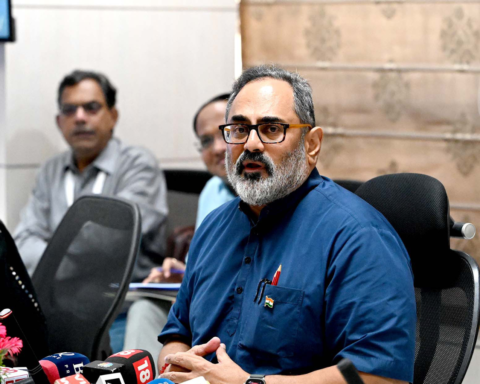In early November, the American technology company Intel revealed FakeCatcher, its deepfake detecting tool. According to the business, it is the first real-time deepfake detector in the world and has a 96% accuracy rate for spotting fake videos.
“Deepfake videos are everywhere now. You have probably already seen them; videos of celebrities doing or saying things they never actually did.” said Ilke Demir, Senior staff research scientist, Intel Labs.
An individual’s face or physique has been digitally manipulated in a deepfake video such that they appear to be someone else. Deepfakes can deceive and mislead people, which can have negative effects like lowering public confidence in the media. Since the detection programmes take a long time to upload films for analysis and then hours to produce results, it is difficult to find these deepfake movies in real time.
It utilises hardware and software from Intel and operates on a server, interacting via a web-based platform. The real-time platform leverages the optimised FakeCatcher architecture, which is formed by a group of specialised tools, to detect deepfakes. On 3rd Gen Intel Xeon Scalable processors, the real-time detection platform can execute up to 72 distinct detection streams concurrently.
“Unlike, Most of the deep learning-based detectors, which look at raw data to try to find signs of inauthenticity and identify what is wrong with a video. FakeCatcher looks for authentic clues in real videos. It assesses what makes us human – subtle blood flow in the pixels of a video. These blood flow signals are collected from all over the face and algorithms translate these signals into spatiotemporal maps. Then, using deep learning, it can instantly detect whether a video is real or fake.” said Intel in a statement.
By allowing users to discriminate between genuine and false content, FakeCatcher promotes trust. Intel claims that there are numerous possible applications for FakeCatcher. Utilizing technology, social media platforms can stop individuals from posting dangerous deepfake videos. The detector can be used by international news organisations to prevent unintentionally disseminating edited footage. Additionally, charitable organisations can use the platform to democratise deepfake detection for all users.









